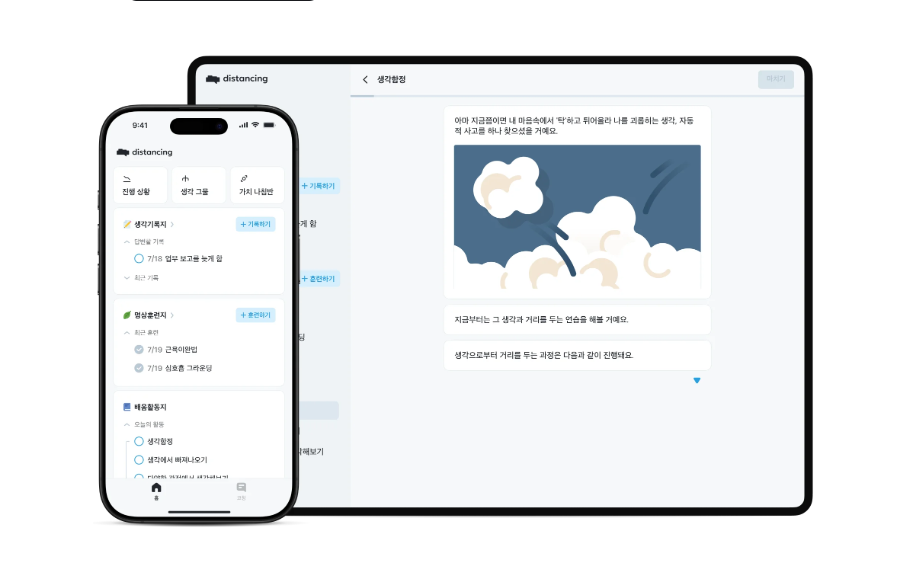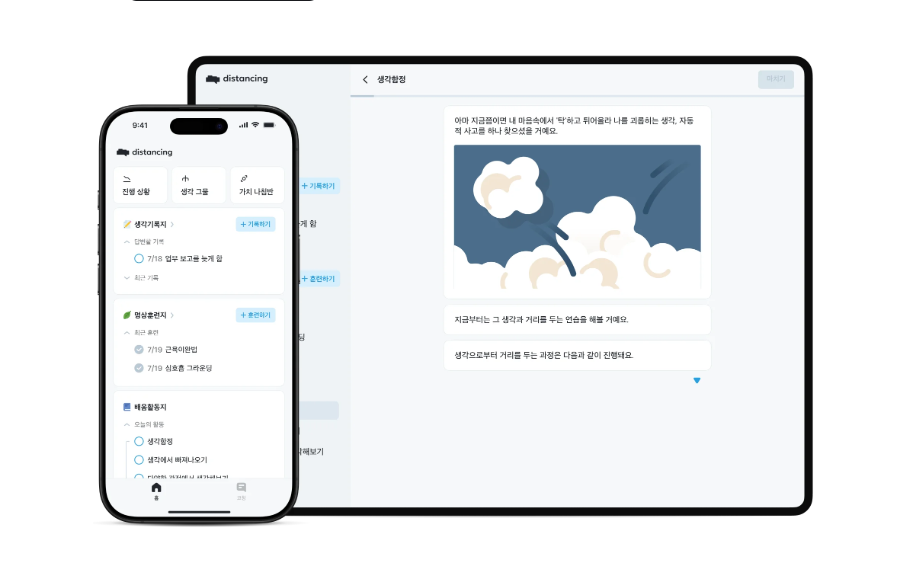What is 인지행동치료?
인지행동치료 (CBT, Cognitive Behavioral Therapy) is a well-established, scientifically supported form of psychotherapy that focuses on addressing the patterns of thinking and behavior that contribute to mental health struggles. This therapy has become one of the most popular and effective treatments for a variety of mental health issues, including anxiety, depression, and stress.
Unlike traditional talk therapies that delve into past experiences, 인지행동치료 is future-focused and goal-oriented. It is designed to help individuals recognize and alter the negative thinking patterns and behaviors that can lead to emotional distress. With its emphasis on practicality and skill-building, 인지행동치료 empowers individuals to manage their thoughts and reactions in healthier ways.
How Does 인지행동치료 Work?
The core concept of 인지행동치료 revolves around the understanding that thoughts, feelings, and behaviors are all interconnected. By changing negative thought patterns, individuals can change their emotional responses and behaviors. The therapy typically involves the following components:
Cognitive Restructuring
One of the primary aspects of 인지행동치료 is cognitive restructuring, which involves identifying and challenging negative or distorted thoughts. Often, people with anxiety or depression hold unrealistic or unhelpful beliefs about themselves, their situations, or the future. 인지행동치료 helps individuals reframe these thoughts to be more realistic and balanced.
Behavioral Activation
In addition to cognitive changes, 인지행동치료 incorporates behavioral strategies to improve overall well-being. Behavioral activation helps individuals identify activities that bring pleasure or fulfillment and encourages them to engage in these activities, especially when they are feeling down or unmotivated.
Exposure Techniques
For people with anxiety disorders, exposure therapy is a powerful tool within 인지행동치료. This technique involves gradually exposing individuals to feared situations or objects in a controlled and supportive environment. By confronting these fears in small steps, individuals can reduce their anxiety over time.
Problem-Solving Skills
Another important component of 인지행동치료 is teaching problem-solving skills. Many people struggle with feeling overwhelmed by life’s challenges, but 인지행동치료 encourages individuals to break down problems into smaller, more manageable steps and find practical solutions.

Who Can Benefit from 인지행동치료?
Anxiety and Stress
For individuals dealing with anxiety disorders, including generalized anxiety disorder (GAD), social anxiety, and panic disorder, 인지행동치료 has proven to be incredibly effective. By helping clients identify the thoughts that fuel their anxiety and offering strategies to manage those thoughts, 인지행동치료 provides lasting relief from constant worry.
Depression
People experiencing depression often have distorted, negative thinking patterns that can trap them in a cycle of hopelessness. Through 인지행동치료, individuals learn to recognize these negative thought patterns and replace them with more positive, empowering ones.
Insomnia
Insomnia and sleep disturbances can often be linked to stress, anxiety, or depression. In 인지행동치료, sleep hygiene techniques and relaxation exercises are often introduced to help individuals regulate their sleep patterns.
Relationship Issues
For couples or individuals dealing with relationship issues, 인지행동치료 can be beneficial in helping them communicate more effectively, reduce negative interactions, and solve problems more constructively.
The Structure of 인지행동치료 Sessions
Typically, 인지행동치료 is delivered over a series of sessions with a licensed therapist. Sessions usually last between 45 to 60 minutes and can be held weekly or biweekly, depending on the individual’s needs. During these sessions, the therapist will work collaboratively with the client to set specific goals and objectives, track progress, and adjust strategies as necessary.
